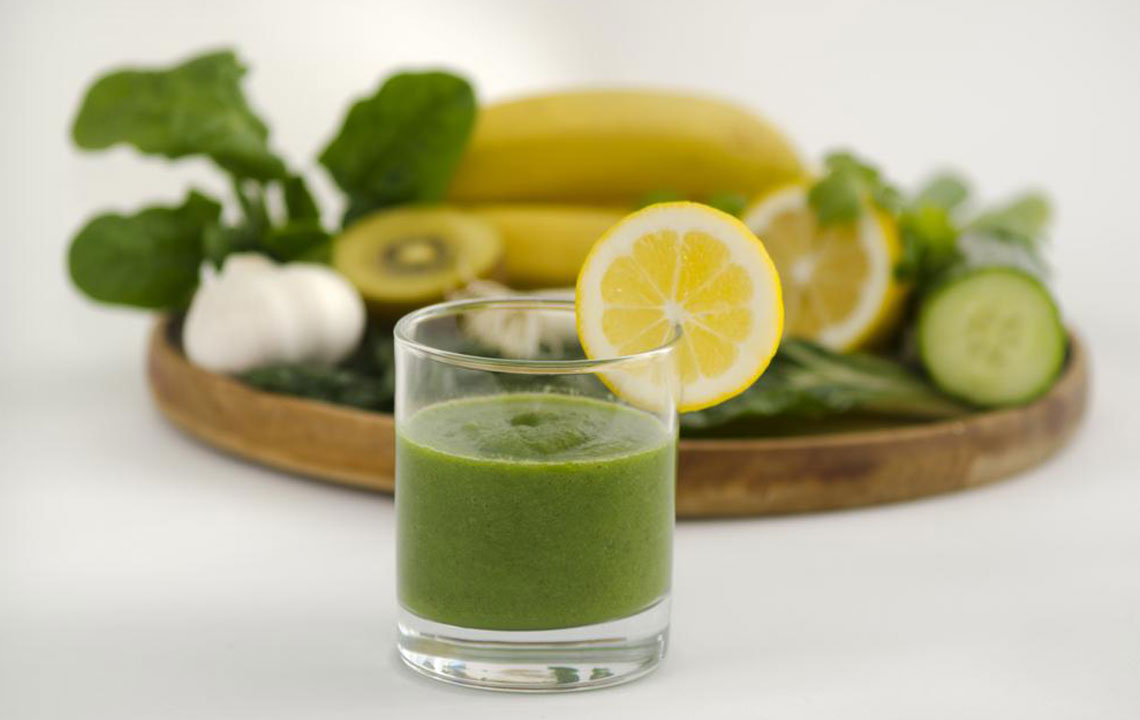Know the Dietary Requirements for Diabetes
Diabetes mellitus or diabetes is a medical condition characterized by hyperglycemia. The insulin level, as secreted by the pancreas, is not sufficient enough to synthesize the glucose present in the blood. This results in a high volume of sugar in the blood. Diabetes can have a serious impact on the entire body in the long run.

Usually, the pancreas malfunction and are unable to produce the required amount of insulin. This causes Type 1 diabetes. However, sometimes, the cells do not react effectively to the insulin already produced and develop resistance against it. This causes type 2 diabetes. Gestational diabetes, on the other hand, results from increased glucose in the blood at the time of pregnancy. The child is also highly prone to encounter type 2 diabetes.
A sedentary lifestyle along with physical inactivity leads to obesity.These are the major reasons that trigger type 2 diabetes making it the most common metabolic disorder these days.Usually, patients are given injections to meet the daily insulin requirements. Consistent performance of physical exercise is said to be more impactful than medication.
Though there is no permanent remedy for diabetes, a low carb diet is a key to keep blood sugar levels under control.The low carbohydrate condition is often contested as carbohydrates are considered to be the most important source of energy for the body. The following factors must be kept in mind while preparing a diabetes diet chart:
Roughage –Roughage helps in improving the gastrointestinal tract and thus, metabolism. It also helps in controlling obesity which is essential in managing diabetes. Foods rich in fiber should form the most important part of a diabetes diet breakfast. The major sources are legumes, dark green vegetables, and nuts.
Glycemic Index – This is associated with the amount of starch in a particular food item and its contribution to blood sugar levels inside the body. Foods having a high glycemic index should not be preferred. It is best to avoid potatoes, rice, and white bread.
Vegan diet – A vegan diet is one which does not contain any animal product like milk, eggs or chicken. It is often advised that a diabetic patient should go vegan as an all plant diet is rich in soluble roughage. Nonvegetarian products may contain saturated fats.
Fresh fruits and vegetables – An individual suffering from diabetes should follow a diabetes diet regimen as suggested by Nathan Pritikin. It focuses on fresh fruits and vegetables.
Mushrooms – Mushrooms belonging to the Grifolafrondosa species (Maitake) have been found to exhibit medicinal properties. They may serve as an expensive remedy for diabetes.
The applicability of the vegan diet is somehow contested. Boiled chicken along with fish, if eaten with other vegetables as a salad, is said to be healthy as it provides the necessary protein intake. Also, it is wise to restrict the consumption of alcohol, especially when the stomach is empty.
Similarly, a food item having a high glycemic index (GI) might possess a low glycemic load (GL) and vice versa. For example, watermelon, as a part of the diet, is often considered unhealthy because of its high GI. However, it can actually work wonders if consumed in moderation because of its low GL.However, when an individual suffers from an insulin shock, he might be required to consume a food item having a high GI. This happens when the artificially induced insulin level in the blood increases dramatically.
For a healthy diabetes diet, breakfast should comprise:
Unsweetened cereal – Whole-grain cereal such as oatmeal is a good way to start the day. In a diabetes diet, breakfast must include this high-fiber item as it is very filling. Sprinkling flaxseed on top of it will make it all the more healthy.
Flavored smoothie – Milk can be substituted with a shake or smoothie made from nonfat yogurt. Add your favorite fruits but not that dreaded sugar.
Whole-wheat toast with peanut butter –This combination keeps you sorted till lunch. It contains healthy fats giving you the right amount of energy.
Almonds and walnuts – Always keep a handful of almonds and walnuts in your pocket. They serve as a healthy snack item in between meals.
Fresh fruits – Apples, apricots, peaches, pears, kiwi, and oranges are some fruits that can be included in the breakfast in a diabetes diet chart. Consuming the whole fruit instead of its juice helps in the intake of fiber.
Eggs – Scrambled eggs is a great option for nonvegetarians. They can be combined with bread or tortillas for an interesting twist.
Salad – A salad made from boiled chicken and garden vegetables such as broccoli topped with cherry tomatoes is both aesthetically good looking and healthy.
Including a wholesome, nutritious breakfast in the diabetes diet plays a very important role in maintaining the condition. It is essential to consume all the components of a balanced diet, though in moderation. The right amount of ingredients can provide energy and also control blood sugar levels.


